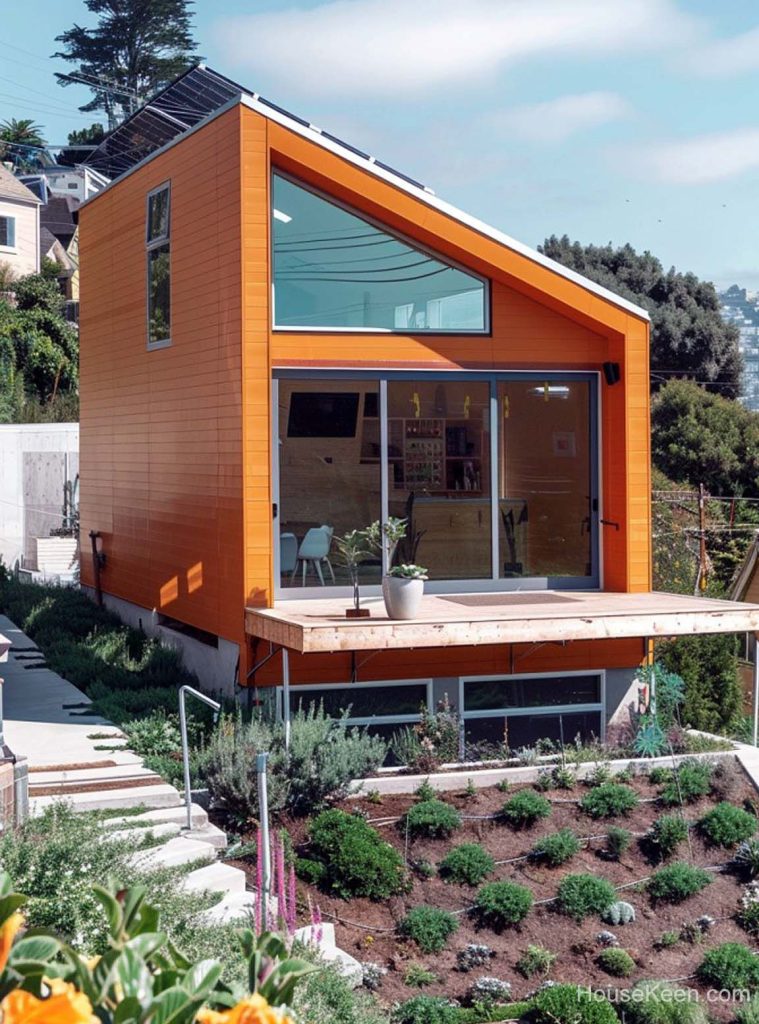Designing Around Mobile Home Weight Limits

Weight drives safety, legality, and cost. This guide shows how to design within mobile home weight limits using lighter structures, balanced layouts, and efficient systems while preserving comfort.
Contents Key Terms Typical Target Weights Lightweight Structure Smart Materials Layout and Balance Systems that Save Weight Kitchen & Bath Fast Weight Audit Road Safety & Compliance Common Mistakes Quick Weight-Trim Ideas MaintenanceFAQ
Quick take:
- Spec a chassis with GVWR ≥ projected finish + 15–20% margin.
- Cluster dense masses at the axle line to keep 10–15% tongue weight.
- Use SIPs/engineered lumber, metal roofing, PVC shower panels, lithium batteries.
- Keep a 100–150 kg future-upgrade margin.
Key Terms You Must Track
- Curb weight: Finished shell without people, water, or gear.
- Payload: People, water, propane, gear, add-ons.
- Tongue weight: 10–15% of total tow weight on the hitch.
- Axle/Tire ratings: The lowest-rated part sets your real limit.

Typical Target Weights
- 20–24 ft: 3,000–4,500 kg finished.
- 26–30 ft: 4,500–6,000 kg finished.
- 32–36 ft: 6,000–7,500 kg finished.
Verify your specific frame, axles, and tire load index before committing finishes.
Lightweight Structure
- Chassis: Dual/triple axles with brakes sized to final load; safety margin 15–20%.
- Walls/Roof: SIPs or engineered studs with rigid foam; standing-seam metal roof.
- Floor: Engineered joist layout; 15–18 mm OSB subfloor; click-vinyl or cork surface.
Deep dive on materials: Tiny House Construction: The Best Materials.

Smart Materials That Save Hundreds of Kilograms
- Engineered lumber or light-gauge steel.
- Closed-cell spray foam or rigid foam boards.
- Aluminum/steel cladding over fiber-cement where possible.
- Solid-surface or compact laminate counters over stone.
- uPVC or aluminum double-pane glazing.
- Avoid thick MDF and dense tile beds.
See also: Prefab Tiny Houses and the Environment.
Layout and Balance
- Mount batteries, tanks, propane, and appliances near the axle line.
- Mirror heavy zones left/right to avoid single-tire overload.
- Shift small items forward to hit 10–15% tongue weight.
- Overhead storage only for low-density items.
Systems that Save Weight
- Fresh water 80–120 L if you have hookups.
- LiFePO₄ batteries weigh 40–60% less than lead-acid.
- High-SEER wall-mounted mini-split instead of rooftop HVAC.
- On-demand water heater instead of storage tank.
Kitchen & Bath Without the Penalty
- Induction hob + convection microwave instead of full range.
- 24–28″ counter-depth refrigerator.
- Composite sinks and counters.
- PVC/acrylic shower panels with fiberglass pan; light glass door.
Fast Weight Audit Workflow
- Maintain a bill of materials with unit weights.
- Add a payload budget for people, water, propane, and gear.
- Check each revision against GVWR and per-axle ratings.
- Cut finishes before cutting safety.

Road Safety & Compliance
- Match tow vehicle GCWR; confirm brake controller and trailer brakes.
- Tire load index ≥ wheel load with ≥10% reserve.
- Weigh at a certified scale after major upgrades.
Foundation and load basics for containers: Shipping Container Home Guide.
Common Mistakes
- Stone counters + tiled shower + roof deck on a two-axle trailer.
- Tanks far aft causing fishtail from low tongue weight.
- All heavy storage on one side overloading a tire.
- Ignoring wheel and tire ratings.
Quick Weight-Trim Ideas (Approximate Savings)
- 30 mm stone → 12 mm solid-surface: −60–90 kg.
- Asphalt shingles → standing-seam metal: −40–70 kg.
- Lead-acid → LiFePO₄ 10 kWh: −60–100 kg.
- Tile shower → PVC panels + fiberglass pan: −40–80 kg.
Maintenance = Weight Control
- Drain tanks before towing.
- Annual weigh-in and tire replacement on schedule.
- Audit add-ons (awnings, boxes) and re-balance mass.
FAQ: Mobile Home Weight Limits
What do mobile home weight limits include?
Everything carried by the frame, axles, tires, and hitch: structure, finishes, systems, people, water, propane, and cargo. How do I keep tongue weight within 10–15%?
Cluster dense items at the axle line, then shift smaller items forward until the hitch scale reads 10–15% of total tow weight. What are the fastest ways to cut 150+ kg?

Swap stone counters for solid-surface, use PVC shower panels, pick metal roofing, and upgrade to lithium batteries. Keep tanks smaller if you have hookups.
Internal links used for topical relevance and crawl paths:
- Tiny House Construction: The Best Materials
- Prefab Tiny Houses and the Environment
- The Ultimate Guide to Building a Shipping Container Home
On-page checklist: keyphrase in H1 and first 100 words, descriptive alt text, internal links, canonical URL, schema added.

